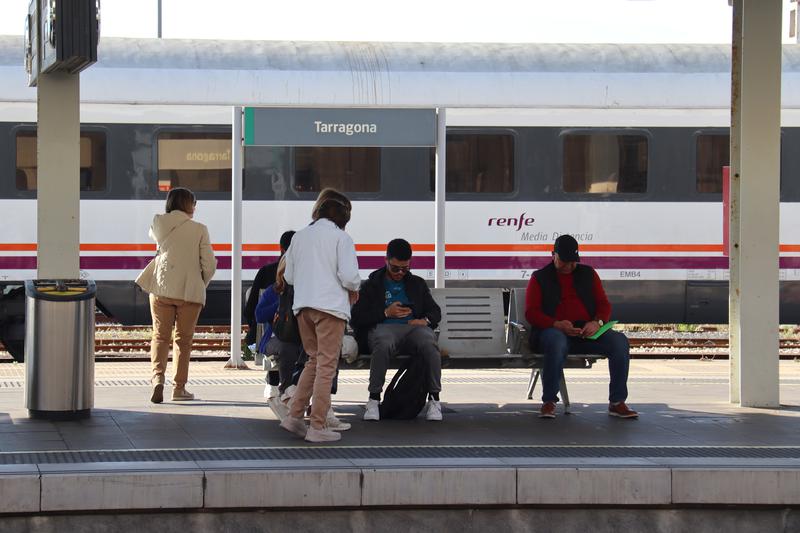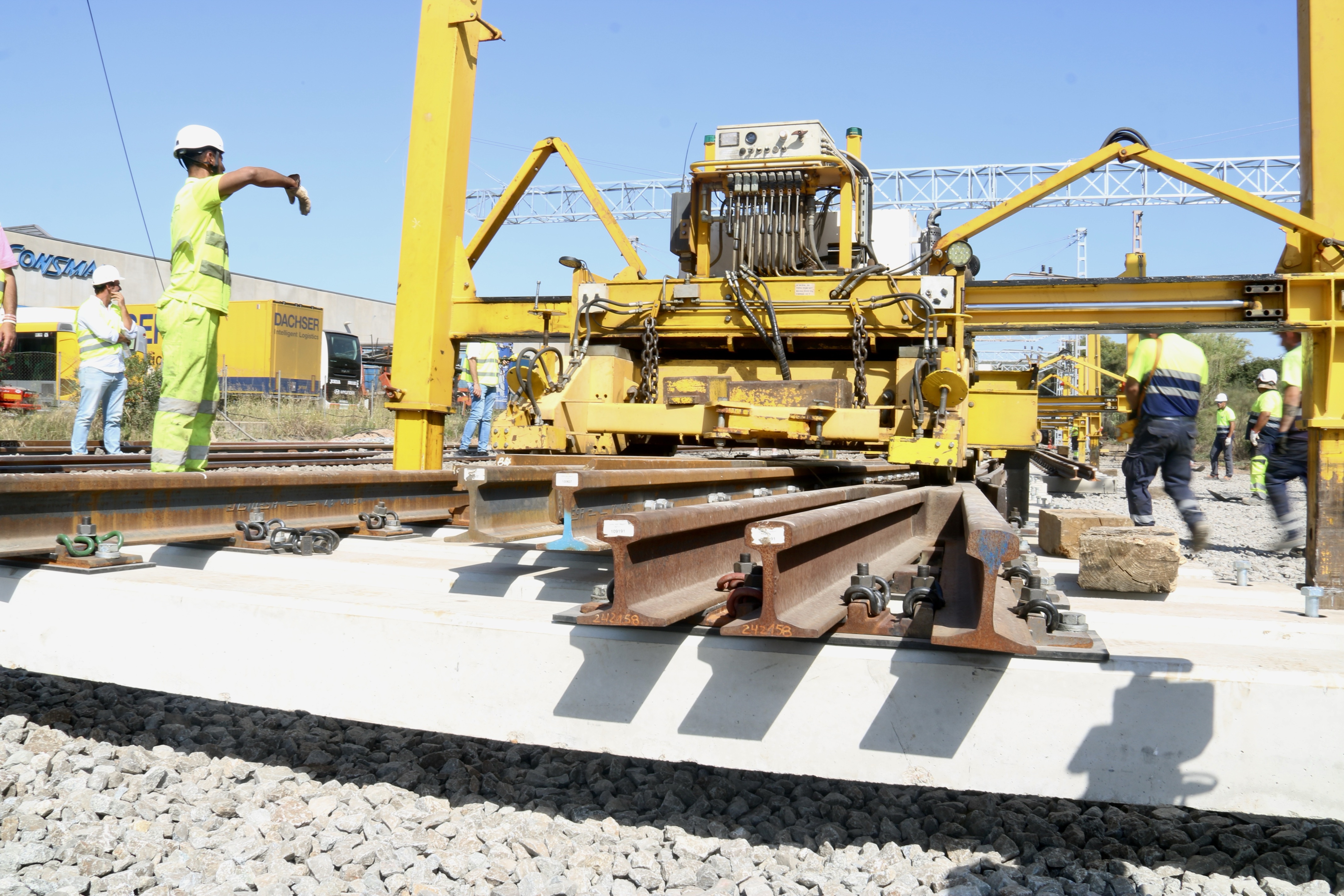Six-month disruption on Rodalies trains between Tarragona and Barcelona begins October 1
Major works suspend trains between the southern capital and Sant Vicenç de Calders, affecting 30,000 daily passengers

Commuters on the Rodalies rail network between Tarragona and Barcelona will face six months of major disruption.
From October 1 to March 2, 2025, services on the R14, R15, R16, R17 and RT2 lines between Tarragona and Sant Vicenç de Calders will be suspended due to work on the Roda de Berà tunnel.
The tunnel is being expanded to accommodate standard gauge trains, which will allow for international freight traffic.
Renfe has described the disruption as "historic", as never before has the commuter rail service been interrupted on such a large scale and for such a long period.
Approximately 30,000 passengers per day will be affected, prompting Renfe to mobilize 87 buses to provide 600 daily trips between Tarragona and Sant Vicenç de Calders.
Renfe claims that the project will result in a more modern infrastructure, reducing delays and increasing train frequency.
However, local mayors and commuters are concerned that the work may extend beyond the planned timeframe.
"Renfe has made a huge effort. It is the largest alternative transportation plan we have ever done," Spain's transport secretary José Antonio Santano said.
Santano believes the alternative bus plan will be "sufficient," but he is open to making "adjustments" if needed.
To keep travelers informed, Renfe has set up a Twitter account with updates: @RodObresBera.
The only line in the area not affected by the work is the R13, which connects Lleida and Barcelona via Valls, as it does not pass through the affected section.
In fact, the line will have a higher frequency to compensate for the increase in demand.
High-speed rail services will also be unaffected, although demand for these services is expected to increase despite the higher costs.
Mediterranean Corridor
The construction work on the Roda de Berà tunnel is part of the Mediterranean Corridor, the rail link along the east coast of Spain.
In order for it to be available, the Iberian gauge railways must be adapted to the standard gauge railways.
The Spanish transport minister expects the corridor to be operational by 2027, connecting Andalusia and Barcelona to Europe.
